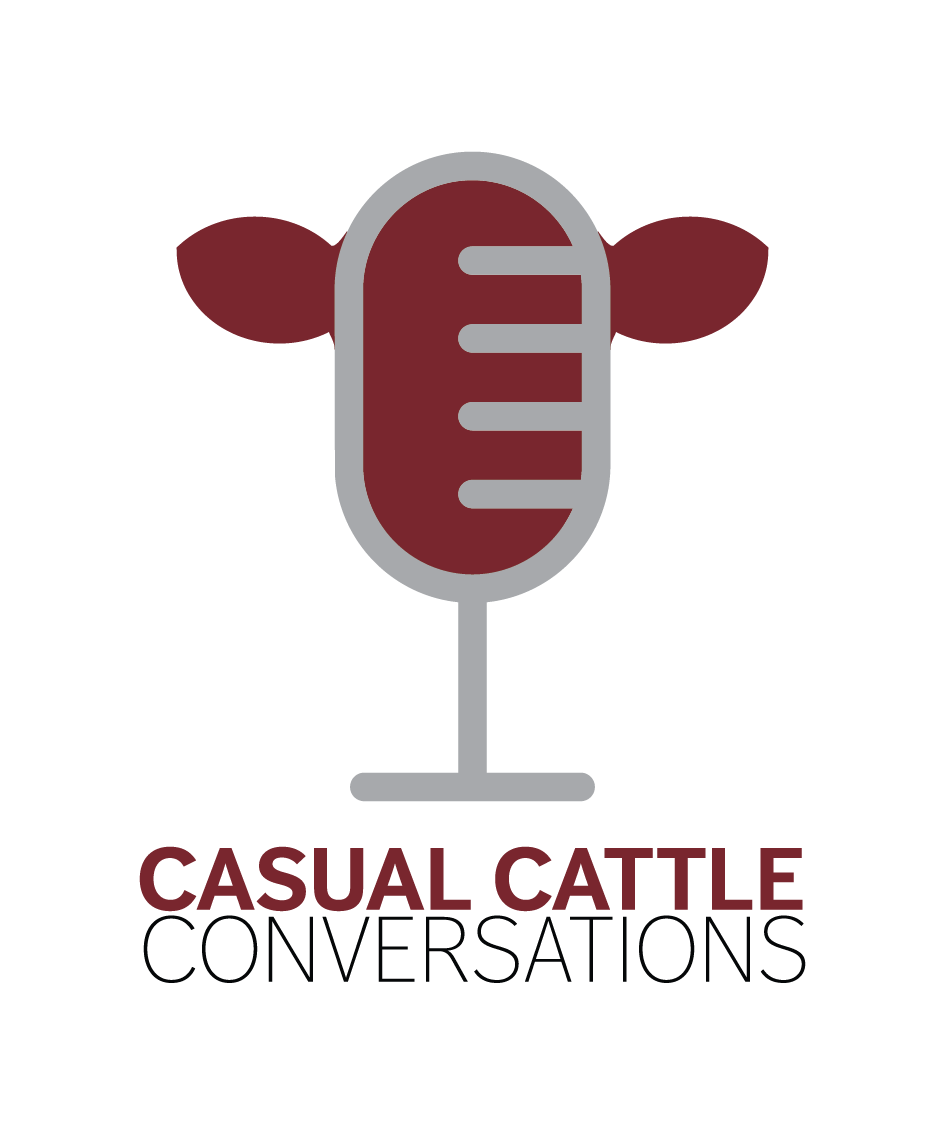How Ranchers Can Sell Beef to Schools—and Why It Matters
Learn how Todd Stegall works with his local school to provide local beef to the lunch program.
Selling directly to consumers has become a popular way for ranchers to generate additional revenue and share the beef story. But some ranchers have taken it a step further—selling beef to local schools.
So, what does that process involve, and how can ranchers get involved?
“We wanted to get as much local food as possible in our school lunch program,” said Callie Barber, nutrition director for the Stegalls’ local school. “The initial stages involve learning the practices of the local ranchers to ensure nutrition and safety meet USDA guidelines.”
Barber oversees the entire school lunch program—from procurement and processing to nutrition standards, safety and vendor relationships.
“I know when we first started, someone reached out to both me and the Stegalls to inform us about a grant that was available,” Barber said. “Having someone take that initiative makes a big difference.”
Todd and Taylor Stegall raise Red Angus cattle near Colusa, California, and are no strangers to direct-to-consumer beef sales.
“We’ve always sold halves and wholes locally and made the switch to USDA-inspected processing to sell individual cuts about six years ago,” Todd said. “We heard the school was looking for local beef, so we put in a bid and have been selling beef to our kids’ school for three years now.”
Building a strong relationship like this takes effort.
“Communication and transparency are critical to making sure the relationship between the local rancher and the school runs smoothly,” Barber said.
“I pick up and deliver the beef to the school,” Stegall said. “They want larger packages than our other clients, so we specify that with the processor beforehand.”
Having access to a USDA-inspected local processor is also essential.
“I try to keep two spots every month with my processor, but he’s been really flexible,” Todd said. “At this point, I’ve learned what the school needs and can be consistent with that.”
Selling beef to the school system has also solved a common challenge for direct-to-consumer ranchers.
“The school takes a lot of my ground beef and roasts, which used to be the harder cuts to get rid of,” he said.
Both the Stegalls and Barber say they’re grateful for the opportunity to work together.
“It’s unfortunate that not every school district is willing to spend more on high-quality local food,” Barber said.
“If other ranchers want to pursue this, they should get in contact with their school’s local nutrition director,” Stegall said. “We’re fortunate to have this program because I don’t know that I could compete with larger packers on price.”
From the school’s perspective, Barber wishes she had started sooner.
“If I could go back to my first five years, I would’ve started this project then,” she said. “I used to be really intimidated by the state’s rules and guidelines, but they truly aren’t anything to be scared of.”
In the end, the extra communication and transparency are worth it.
“We get the school lunch calendar, and it’s pretty cool to see our logo by the meals that use our beef,” Stegall said.
You can hear the full conversation on the Casual Cattle Conversations podcast.

